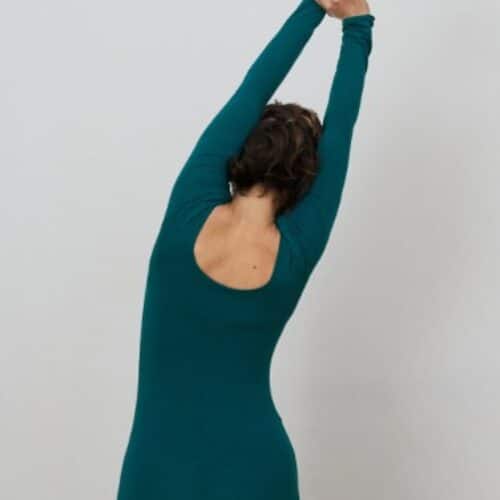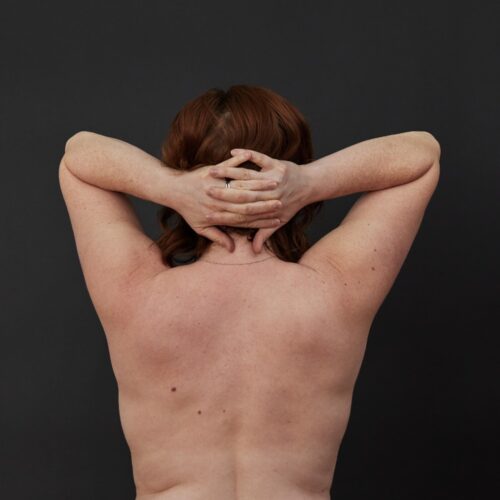Did you know there are alternatives to X-Ray Imaging?
Although I try my best to keep up with the latest research, I was surprised when a client told me about EOS imaging that I hadn’t yet heard of. Luckily I was on my way to a research conference in Croatia to hear all about conservative treatments for scoliosis, so I was able to ask some doctors about it.
First of all, what is EOS? According to the Hospital for Special Surgery here in New York, where they offer this type of imaging:
“EOS imaging is a low-dose, weight-bearing X-ray technology. It can simultaneously take full-body, frontal and lateral (side view) images of the skeletal system of a patient in a standing or sitting position, using significantly less radiation than traditional X-rays or CT scans.”
According to the doctor I spoke with at the conference, EOS imaging can reduce your radiation exposure as much as 50-60%! (The HSS website puts it at about one third of the dose of a conventional x-ray). Yes, you heard that right. This can make a big difference in the amount of radiation exposure over a lifetime, particularly in young children who are being asked to get x-rays frequently.
There are many earnest scientists working on improving radiation free alternatives to traditional x-rays, like with the use of ultrasound and surface topography. However these two alternatives are still limited in terms of accuracy. For example, ultrasound tends to not work as well on curves with a Cobb Angle of more than 30 degrees, or with a severe rotational component. I feel pretty confident that ultrasound and surface topography will improve in quality and eventually become more widely available, but for now x-rays are still the gold standard.
The downsides of EOS are few– although the machines themselves cost more, your insurance should still cover it the way it would a standard X-ray. Because you have to stand really still when they take the scan, it can be challenging for small children, or those with mental health issues.
Otherwise, this is a great alternative to a standard x-ray. When you get your script from your doctor, ask if they know of a place where you can get an EOS x-ray in your area.*hint: it is becoming increasingly available in hospitals.
*Stay tuned for Part 2 on this topic: Why is there a discrepancy in how my x-ray results are interpreted?




